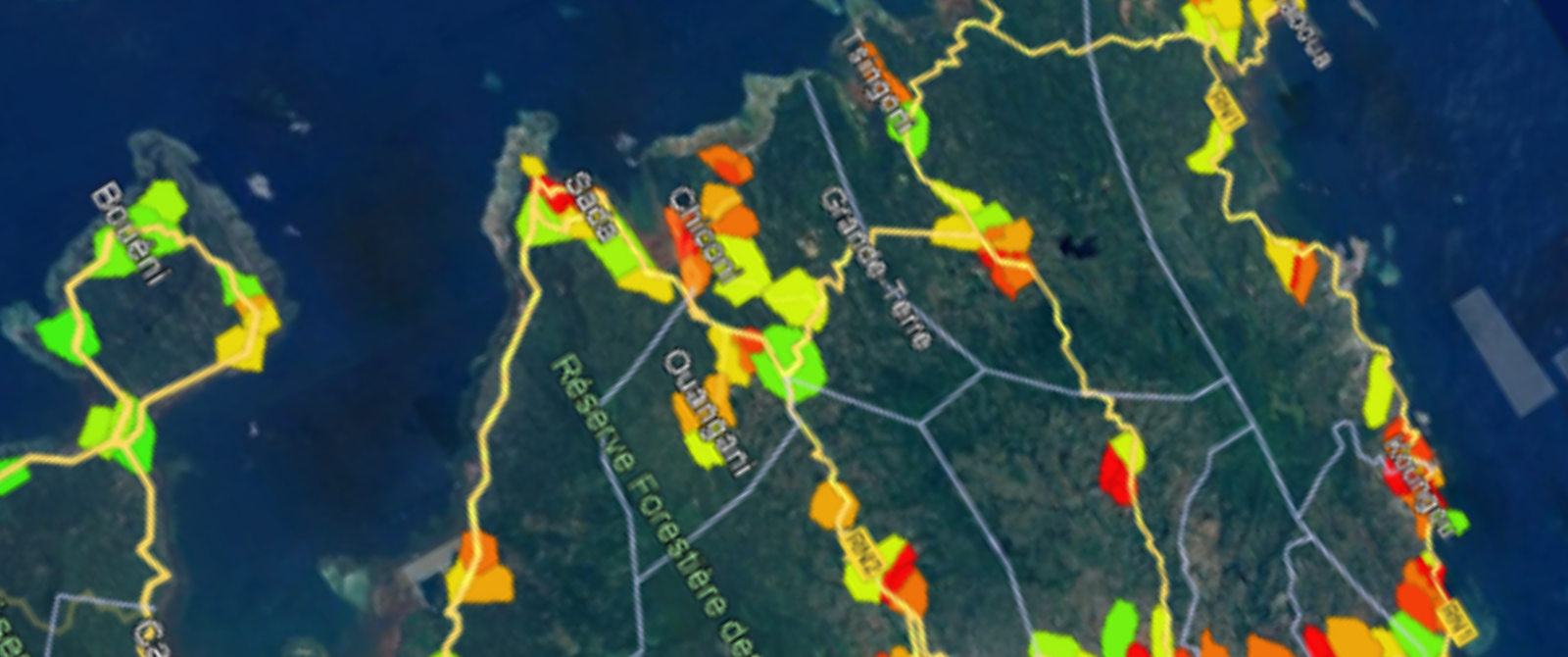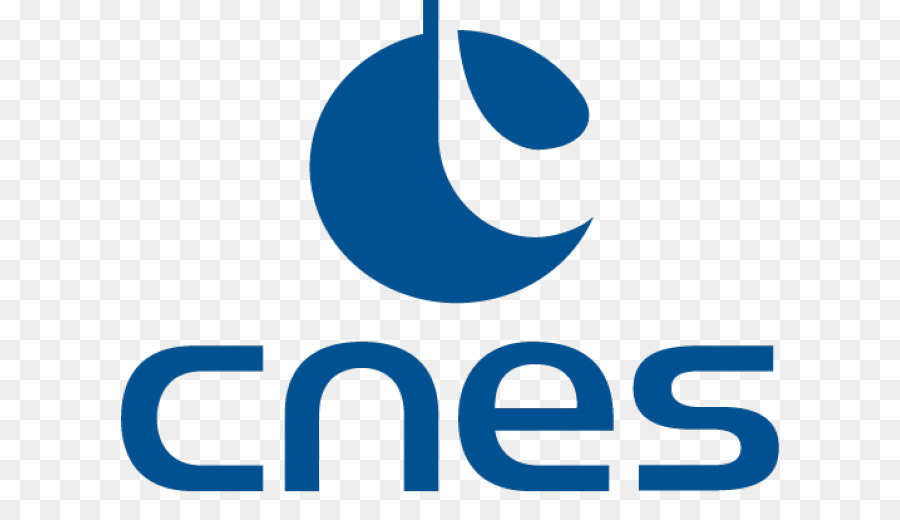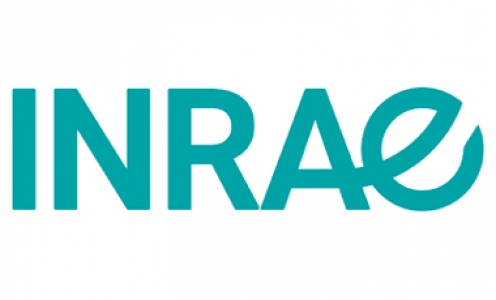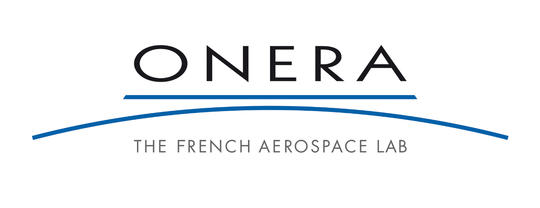MAJA ADAPTS TO CAMS’ EVOLUTION
The Copernicus Atmospheric Monitoring Service (CAMS) has released a new version of its aerosol products on 27 June 2023, referred as 48r1. Their evolution has a direct impact on MAJA and Theia Reflectance products, and requires us to adapt the processor. MAJA will not be ready to support 48r1 before the next release, scheduled for the end of September 2023. Therefore, cams option has been deactivated in all our productions (Sentinel2 and Venus) for products since 26 June. CAMS option will be reactivated during fall 2023. A reprocessing of products in this interval will be made at a later date.
The number and type of aerosols described by CAMS has evolved over time, along with the versions of MAJA, starting with five species before 10 July 2019, and then seven species with the new CAMS release of 27 June 2023. To properly account for the aerosols, MAJA relies on per-aerosol Look-Up Table (LUT) calculated with a radiative transfer model. Each aerosol is described by its optical properties, i.e. its refractive index, its size distribution, its growth factor for those whose size varies with the relative humidity of the atmosphere.

The upcoming 48r1 release of the CAMS products includes several changes:
- Biogenic and anthropogenic Secondary Organic Aerosols (SOA) are two new aerosols previously included in Organic Matter. They are both hydrophilic, which means that their size varies with humidity;
- The size distributions of Organic Matter and Dust species change with this new version.
Such changes require quite some work on MAJA’s side:
- Prepare the new Look-up Tables and extend the GIPP to the new aerosols specifications ;
- Adapt the processor so that MAJA picks the right LUT according to the L1C product date ;
- Adapt the cams_download tool to collect the adequate AOD and mixing ratios.
Unfortunately, this will not be done in the blink of an eye. We need:
- to ensure that the quality of the L2A products obtained using the 48r1 aerosols fit MAJA’s specifications, by validating AOD and spectral reflectances with our in-situ ROSAS network;
- to assess the differences of the L2A produced with both 47r1 and 48r1;
- to ensure that the next release of MAJA is fully backward-compatible with 47r1 and handles the processing of a time series mixing CAMS versions properly.
We are doing our best to reactivate the CAMS data use by this fall. In the meantime, we process products without CAMS data.
Thank you for your patience,
The MAJA team













